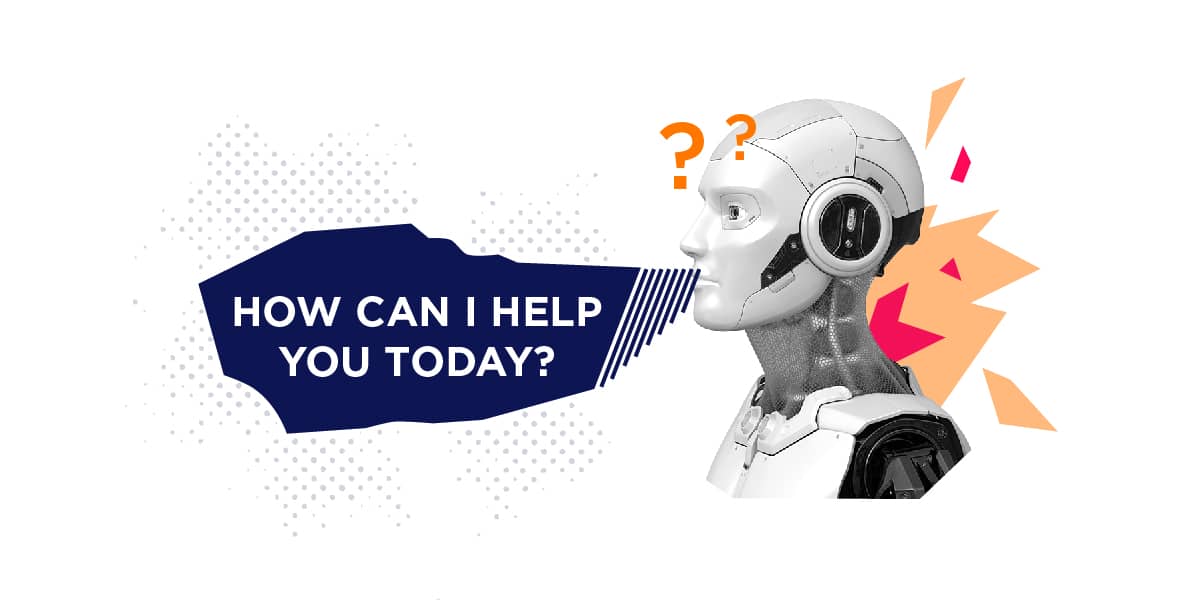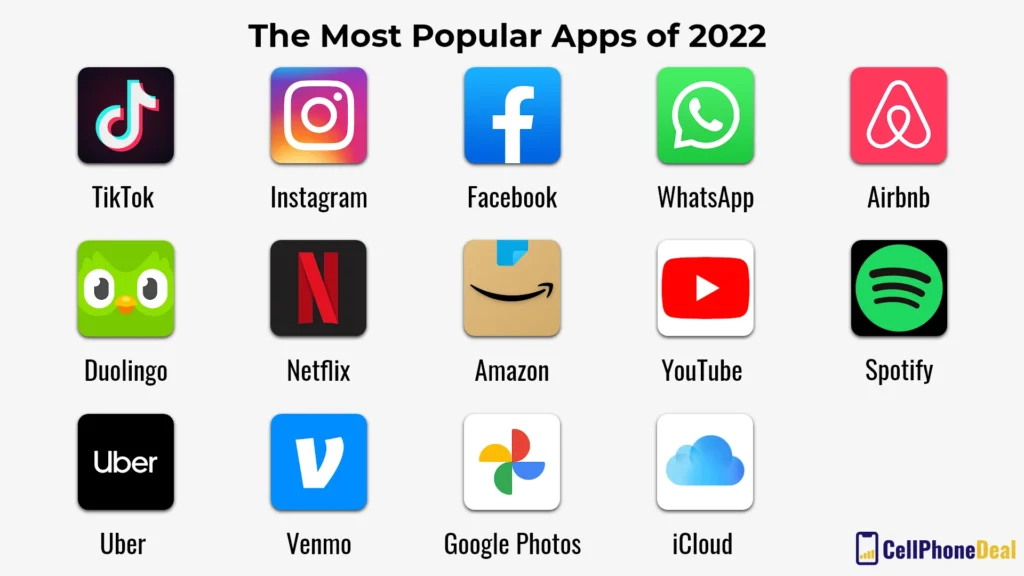In today’s fast-paced world, managing daily tasks can often feel overwhelming. Fortunately, AI-powered personal assistants have emerged as invaluable tools designed to simplify your life. These innovative applications leverage advanced technology to help you organize your schedule, manage your to-do lists, and even control smart home devices, all while learning your preferences to provide a personalized experience. In this article, we will explore the best apps available that harness the power of artificial intelligence to streamline your daily routines and enhance your productivity.
As you delve deeper into this article, you will discover a curated list of top AI-powered personal assistants, each with unique features tailored to meet various needs. From voice-activated assistants that can answer your questions and set reminders to sophisticated applications that analyze your habits and suggest improvements, there is an option for everyone. We will also discuss how these tools can help you save time, reduce stress, and ultimately lead a more organized life.
Moreover, we will provide insights into the latest trends in AI technology and how they are shaping the future of personal assistance. Whether you are a busy professional, a student juggling multiple responsibilities, or simply someone looking to optimize your daily tasks, this article will equip you with the knowledge to choose the right AI-powered personal assistant for your lifestyle. So, keep reading to unlock the potential of these remarkable applications and take the first step towards a more efficient and simplified life!
In today’s fast-paced world, AI-powered personal assistants have become essential tools for managing daily tasks and enhancing productivity. These applications leverage artificial intelligence to help users streamline their lives, making it easier to stay organized and focused. Below, we explore various aspects of these innovative tools.
Understanding AI Personal Assistants
AI personal assistants are software applications that utilize artificial intelligence to perform tasks for users. They can manage schedules, set reminders, answer questions, and even control smart home devices. By understanding natural language, these assistants can interpret user commands and provide relevant responses, making them invaluable for busy individuals.
Popular examples include Siri, Google Assistant, and Amazon Alexa. Each of these platforms offers unique features and integrations, allowing users to choose the one that best fits their lifestyle. As technology advances, the capabilities of these assistants continue to expand, providing even more ways to simplify daily routines.
Top AI Personal Assistant Apps
When it comes to selecting the best AI personal assistant apps, several options stand out. Google Assistant is known for its robust search capabilities and seamless integration with Google services. Siri, on the other hand, excels in Apple ecosystems, providing a user-friendly experience for iPhone and Mac users.
Amazon Alexa is a strong contender, especially for those who have smart home devices. Its ability to control various gadgets and provide voice-activated assistance makes it a popular choice. Each app has its strengths, and users should consider their specific needs when choosing an assistant.
Benefits of Using AI Personal Assistants
The primary benefit of using AI personal assistants is the time saved in managing daily tasks. By automating reminders, scheduling, and information retrieval, users can focus on more important activities. This efficiency can lead to improved productivity and reduced stress levels.
Additionally, these assistants can help users maintain a better work-life balance. By managing tasks and providing timely reminders, they ensure that important deadlines and appointments are not overlooked, allowing for a more organized lifestyle.
Integrating AI Assistants with Smart Home Devices
AI personal assistants can seamlessly integrate with smart home devices, creating a connected ecosystem that enhances convenience. For instance, users can control lights, thermostats, and security systems through voice commands, making home management effortless.
This integration not only simplifies daily routines but also contributes to energy efficiency. By automating tasks such as adjusting the thermostat or turning off lights, users can save on energy costs while enjoying a more comfortable living environment.
Privacy Concerns with AI Personal Assistants
While AI personal assistants offer numerous benefits, privacy concerns are a significant issue. These applications often require access to personal data, including contacts, calendars, and location information. Users must be aware of the data they share and the potential risks involved.
To mitigate these concerns, it is essential to review privacy settings and understand how data is used. Many platforms provide options to limit data sharing, allowing users to maintain a level of control over their information while still enjoying the benefits of AI assistance.
Future Trends in AI Personal Assistants
The future of AI personal assistants looks promising, with advancements in machine learning and natural language processing. These technologies will enable assistants to understand context better and provide more personalized responses, enhancing user experience.
Moreover, as voice recognition technology improves, we can expect more intuitive interactions. Future assistants may also integrate with more applications and services, further simplifying users’ lives by providing a centralized hub for managing tasks and information.
Comparing AI Personal Assistants: A Quick Overview
| Assistant | Platform | Key Features |
|---|---|---|
| Siri | Apple | Voice commands, smart home control, integration with Apple services |
| Google Assistant | Android/iOS | Search capabilities, Google service integration, voice commands |
| Amazon Alexa | Amazon Echo | Smart home control, music playback, skills integration |
Getting Started with Your AI Personal Assistant
To get started with an AI personal assistant, users should first choose the platform that best suits their needs. Once selected, downloading the app and setting up an account is typically straightforward. Users can then customize settings, such as voice preferences and linked accounts, to enhance their experience.
Exploring the features and capabilities of the chosen assistant is crucial. Many apps offer tutorials or help sections to guide users through the setup process. By taking the time to familiarize themselves with the assistant, users can maximize its potential and simplify their daily lives effectively.
| App Name | Description | Key Features | Platforms |
|---|---|---|---|
| Google Assistant | A virtual assistant powered by AI that helps users perform tasks using voice commands. | Voice recognition, smart home integration, personalized recommendations. | Android, iOS, Web |
| Amazon Alexa | A cloud-based voice service that allows users to control smart devices and access information. | Music playback, smart home control, skills integration. | Android, iOS, Echo devices |
| Siri | Apple’s voice-activated personal assistant that helps users with various tasks on their devices. | Voice commands, integration with Apple services, proactive suggestions. | iOS, macOS, watchOS |
| Microsoft Cortana | A digital assistant designed to help users manage tasks and schedules across devices. | Task reminders, calendar management, email integration. | Windows, Android, iOS |
| Todoist | A task management app that uses AI to help users organize and prioritize their tasks. | Task categorization, deadline reminders, productivity tracking. | Android, iOS, Web |
| Notion | An all-in-one workspace that combines notes, tasks, databases, and calendars. | Customizable templates, collaboration tools, integration with other apps. | Android, iOS, Web |
| IFTTT | A service that allows users to create automated tasks between different apps and devices. | Applets for automation, integration with various services, user-friendly interface. | Android, iOS, Web |
This HTML document provides a structured overview of various AI-powered personal assistant applications, highlighting their descriptions, key features, and platforms.



